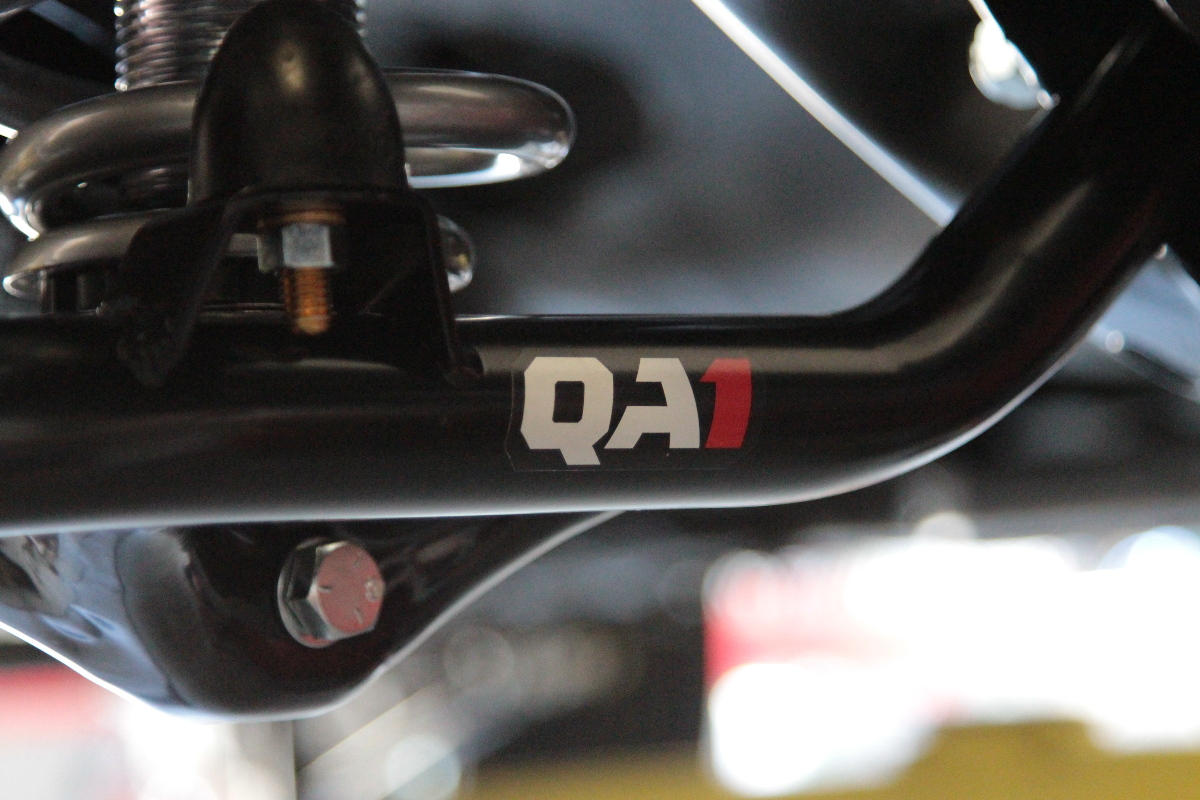When you look at some classic musclecars from the 1960s and 1970s, the one thing you see across the board quite often is a sharing of components within a particular brand. When those shared components comprise the suspension of multiple vehicles, it makes you wonder if all of those vehicles share the same limitations when it comes to handling and ride quality.
Upgrades that allow for better suspension tuning and adjustments can make a huge difference between a car with a factory suspension and one with a modified suspension. That’s why we reached out to one of the best in the marketplace for suspension components: QA1. Having experienced the improvements it offers firsthand on other builds, it was a no brainer when it came to our Camaro. We wanted QA1 for our handling needs, and our installer, Overdriven Performance, relies on QA1 as well when it comes to performance.
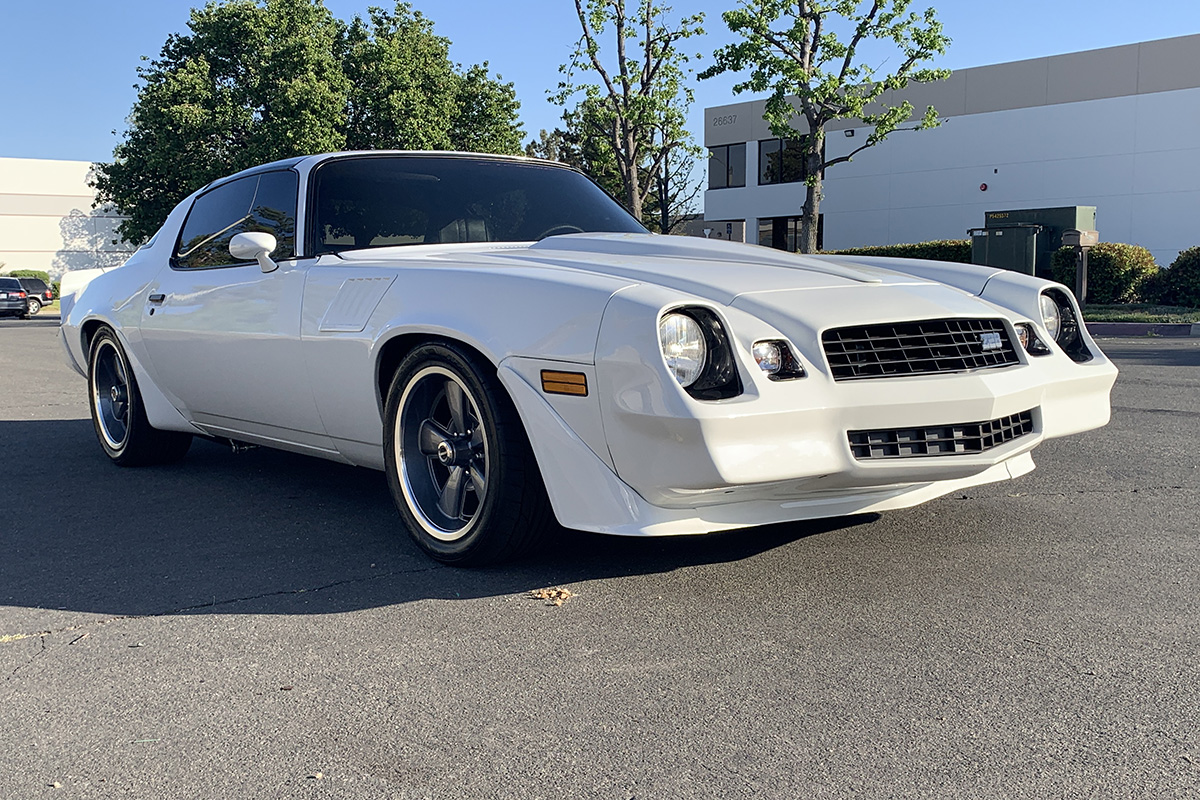
The goal for the car was to take it to the track for a weekend warrior session to put the suspension to the test. But even before all of that, the local cruising was going to be the first test of our new suspension. Could we tell the difference? It was literally night and day, because the original suspension, though upgraded, was still limited and felt like a grocery getter – and not the sporty musclecar the Z/28 is supposed to be.
After removing the factory front suspension, there was an obvious weight loss. Replacing the factory components with the QA1 upper and lower control arms didn’t bring much of that weight back, either. The tubular suspension, fabricated at QA1’s Minnesota facility, also took on an improved appearance that brought with it some strength and additional camber and caster tuning.
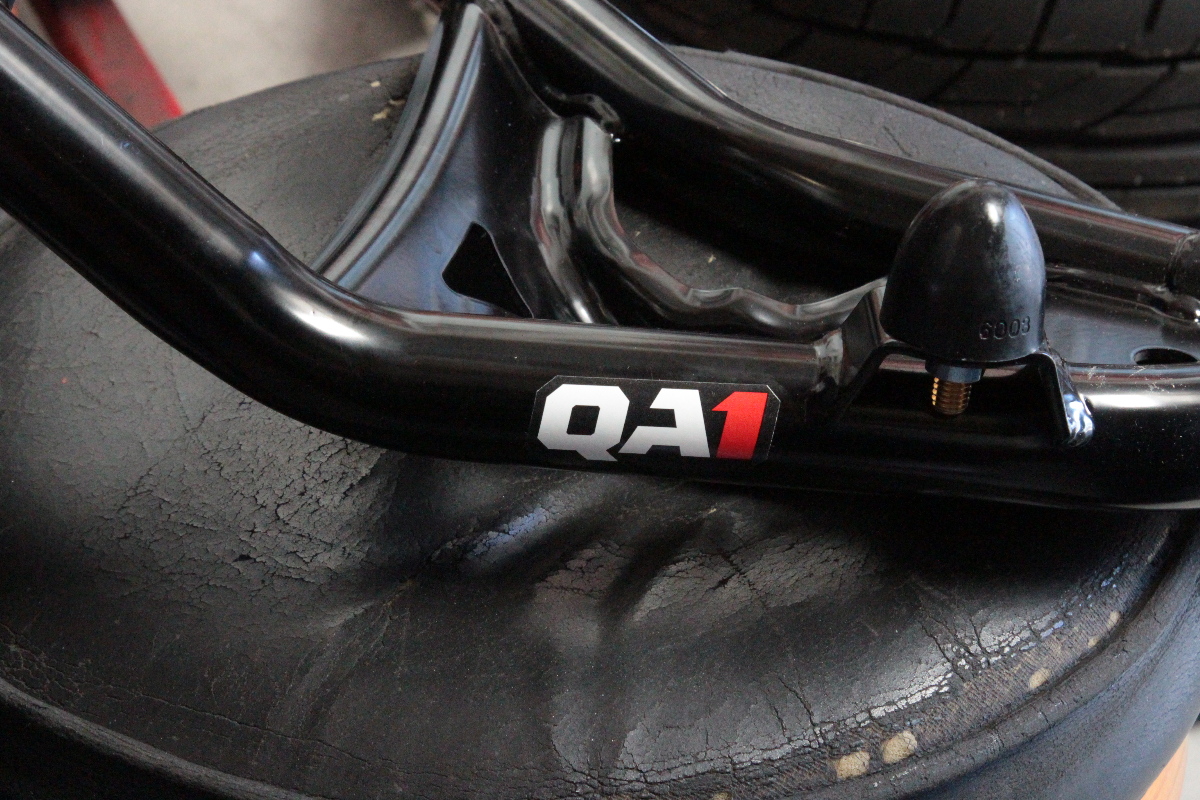
The factory settings can be retained, if preferred for typical, non-spirited street driving. But if your goal is to hit the corners with a little more confidence and come out of a turn ready to pounce on the skinny pedal, a more aggressive adjustment is at the ready. Three styles of control arms are offered by QA1, each designed with specific driving styles in mind.
Between the upper and lower control arms, an additional 3-5 degrees of caster adjustment is added to help keep the wheel centered in the wheel opening, according to QA1 Fitment Technician Damien Brase. He tells us that the Street Performance Control Arm 2.0, as they call it, will provide improved handling and bind-free suspension movement with polyurethane pivot bushings. Stepping up to the Pro-Touring control arms, handling and cornering can be more aggressive, and the use of ultra low friction composite bushings are used. For Drag Racing, tuning the launch characteristics is handled through an adjustable door stop, providing better weight transfer.
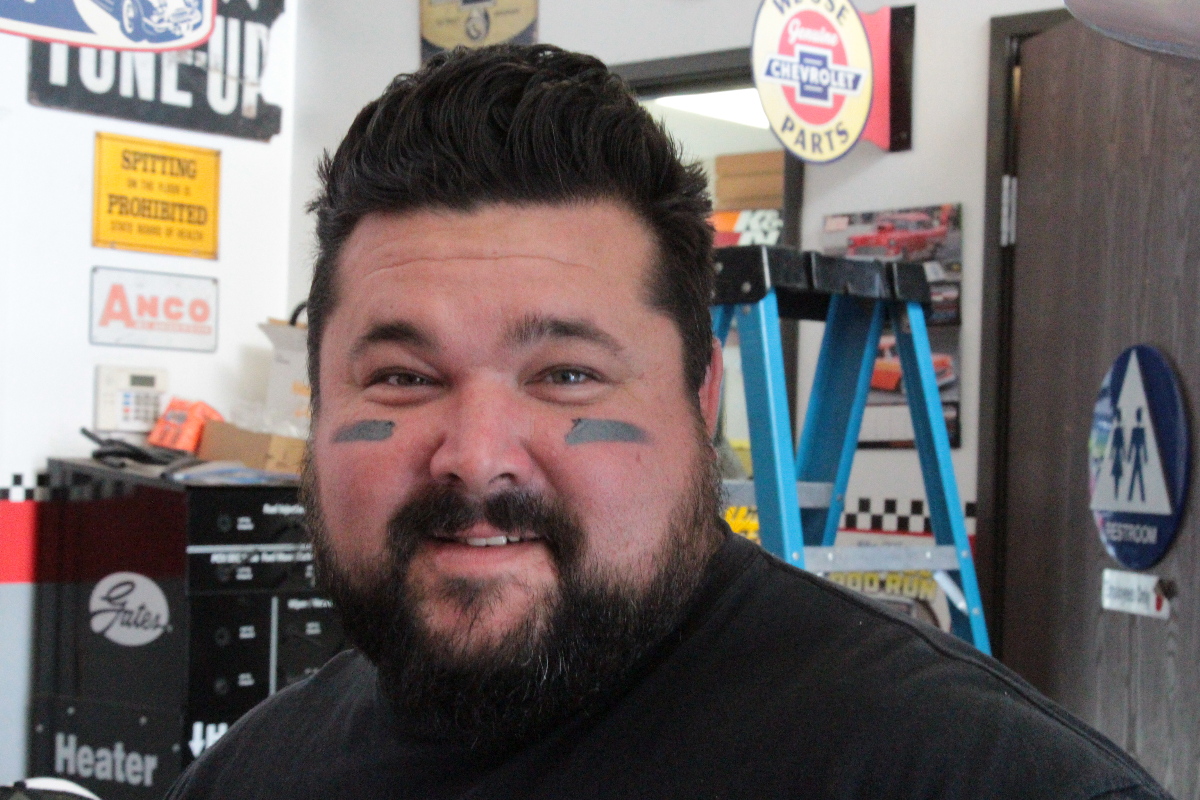
Performance In Mind
Sometimes the most difficult part of an install is the “out with the old” part of the upgrade. Overdriven Performance has been toying with this Camaro all year long and Brandon knows a bit about these classic Chevrolets, especially this one. He made quick work of the removal, saving the parts necessary for the suspension upgrade, then went to work assembling the new QA1 coilovers, and installing the bushings on the upper and lower control arms.
When you have a job like this – where the entire suspension comes out – it’s wise to check other parts of your front end that might need an upgrade or replacement. New tie rod ends, and new steering components we a necessity, and the Borgeson Steering Box we installed firmed up our steering.
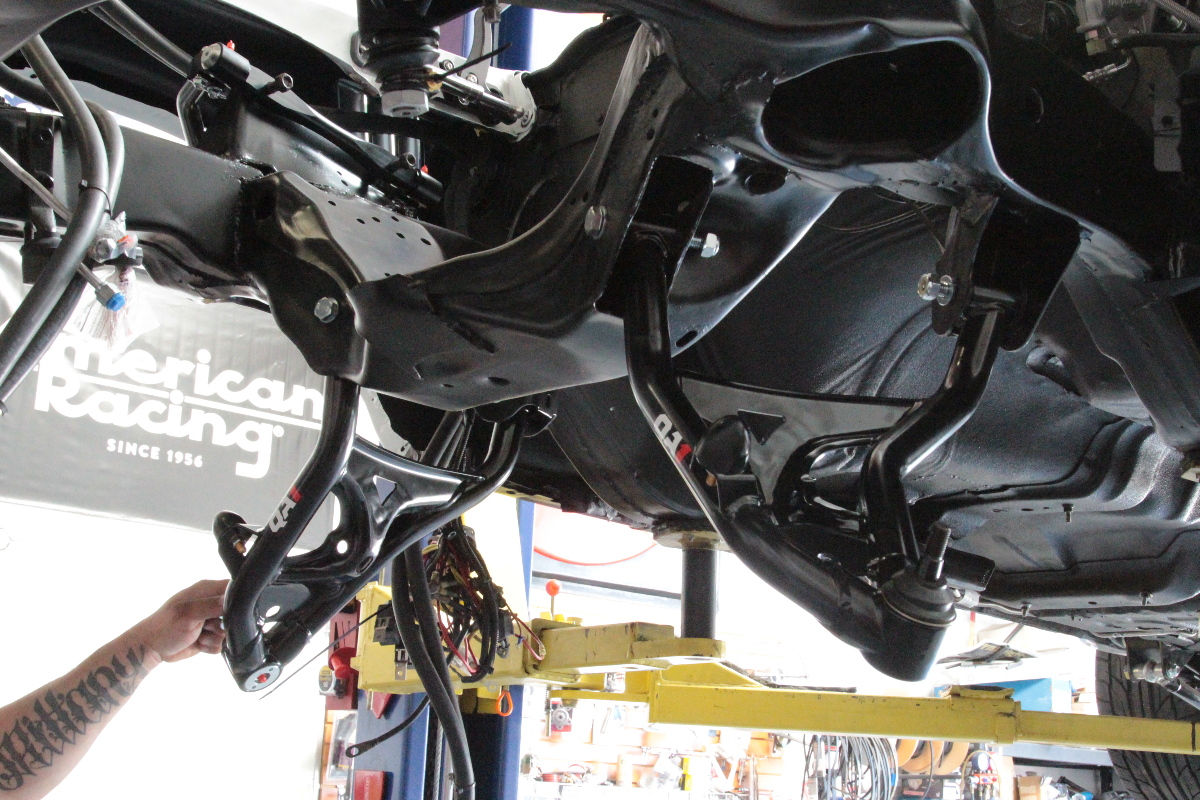
Adding to the durability and strength, the tubular control arms incorporate adjustable and rebuildable low friction ball joints on our Camaro’s Street Performance application. Damien tells us, “These ball joints are adjustable for preload and rebuildable to replace wear items or change ball joint stud lengths. No need to press ball joints in and out. The integrated housing reduces control arm weight and the size of the arm at the ball joint area for added clearance.”
When adding coilovers to the mix, even more tuning ability is provided with various coil springs and single or double adjustable shock absorbers. “QA1 adjustable shocks have a wide range of adjustment allowing the end user to dial in the right valving for their application,” Damien said. “When first setting up the suspension,” he continued, “a good starting point for the single adjustable shocks on this Camaro is four clicks from full soft on the front and two clicks from full soft on the rear shocks.”

QA1 shocks are built and tested in its Lakeville, Minnesota, facility, and are dyno tested and serialized – making them eligible for its free lifetime warranty. “The new control arm designs take advantage of QA1’s expansive design and manufacturing capabilities in our new state-of-the-art facility.” Damien said. “Robotically welded for precision and maximum strength, these arms are unmatched, giving customers the highest quality product for their ride.”
While you many not be ready for the full Pro-Touring build for your street car, the Street Performance setup will give you plenty of control for spirited driving and even an occasional romp at the track, while still providing the comfort and reliability you would expect from QA1. But simply bolting everything into your car isn’t enough, nor is it going to be a standard set of adjustments. For that, calling into the tech line at QA1 will be your best bet, because each installation is going to be unique to not only the style of driving – but the driver itself.

The stance of the Camaro was adjusted with the front coilovers, and the rear leaf spring, giving the car a very aggressive look and feel. Adjusting the shocks too firm can cause a ‘bouncy’ feel, while too soft can provide less cornering ability, so the best way to make adjustments is to start with the suggestions and then drive the car the way you normally drive it. You can tune in the handling with stiffer settings, but it’s not necessarily going to make the car handle better if you take it too far.
Just like we suggested with the Hellwig sway bars, you can start about the middle and adjust from there. Again, it’s all based on your driving style and comfort, but the best part of adjustable shocks is that you can stiffen up the suspension and get better performance for those weekend romps we talked about.
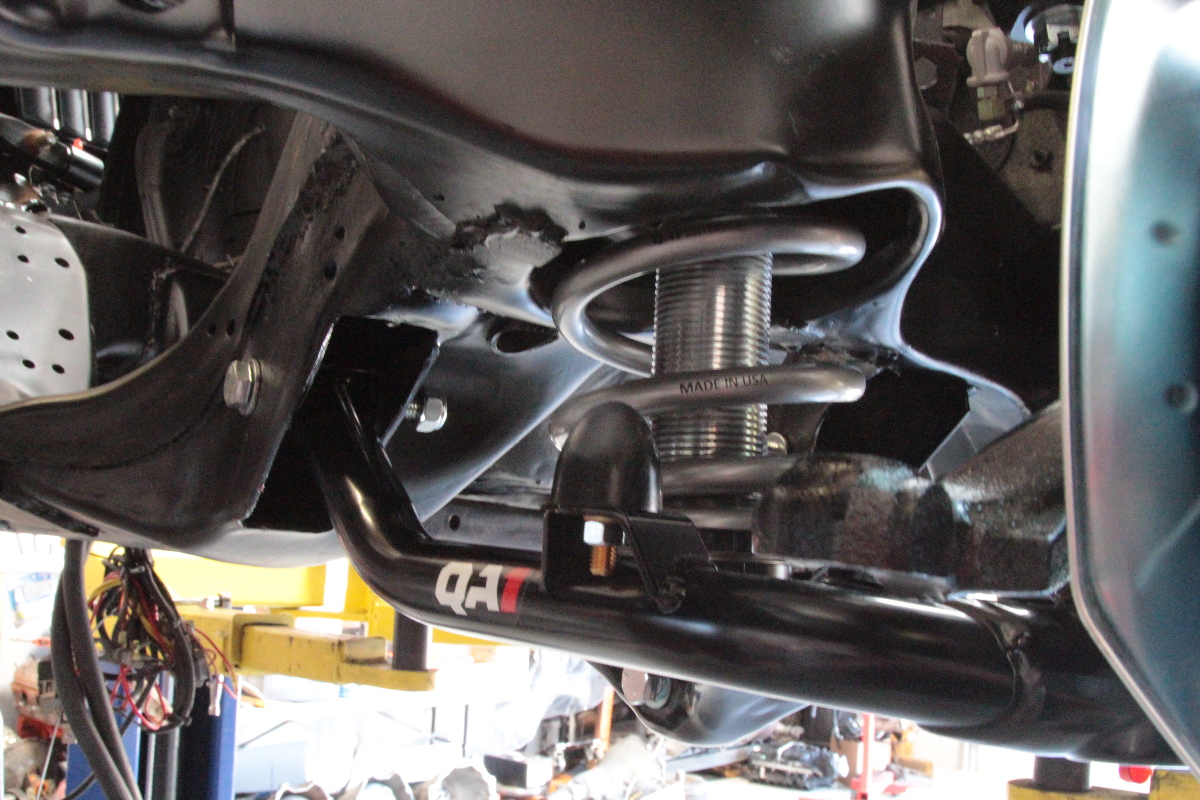
Visit the QA1 website for more information about suspension and handling, and be sure to give them a call and discuss what is best for your car. But even then, be prepared to make some adjustments. You might find yourself making those adjustments simply because you can – and not entirely out of necessity.

